NASA Lists Numerous Planets With Crucial Potential For Life
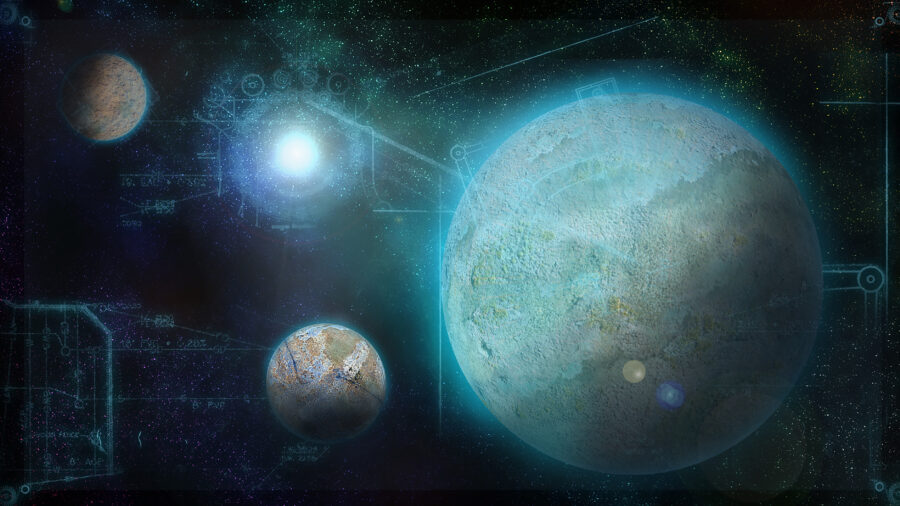
A recent analysis published by NASA has revealed that there could be life on 17 planets that are located 218 light-years away from Earth. Well, that may be a leap, but the exoplanets in question all have subsurface oceans. Given that our current understanding of life as we know it very much hinges on the presence of water, it’s not outside the realm of possibility that these icy worlds have the ability to harbor and sustain life.
NASA Is Studying 17 Planets That Hold The Potential For Life
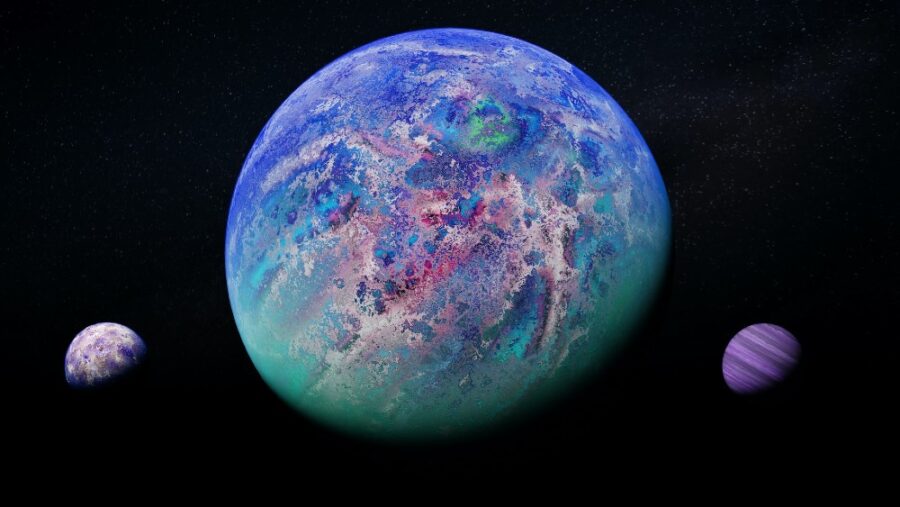
Though we haven’t yet confirmed the presence of life on other planets, the study that was published this past October in The Astrophysical Journal suggests that these exoplanets potentially have oceans just beneath their surfaces. Of the 17 icy exoplanets being analyzed, scientists point their study to two exoplanets in particular: Proxima Centauri B, and LHS1140b. Based on both planet’s geological activity, scientists have reason to believe that their cryovolcanic eruptions (ice volcanoes) are indicative of oceanic activity.
Subsurface Oceans
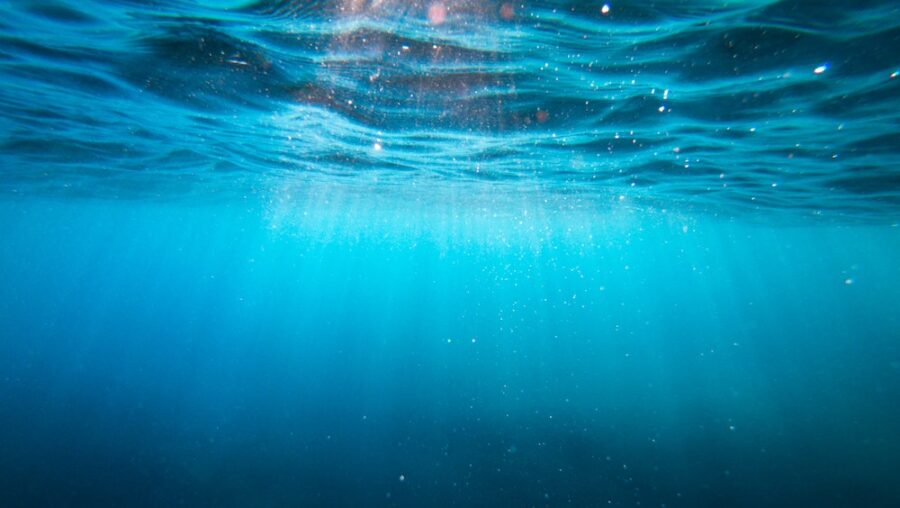
And with water means life, so it’s only natural that scientists want to continue to analyze what’s going on beneath the surface of these planets. Thanks to the Hubble and Spritzer Space Telescopes, we currently know that these planets are roughly the same size as Earth, but considerably less dense. Though we don’t know the exact chemical composition of these planets, their subsurface oceans exist because of proximity to their home stars, internal heating like radioactive decay, and tidal forces.
Do Other Planet’s Require Water For Alien Life?
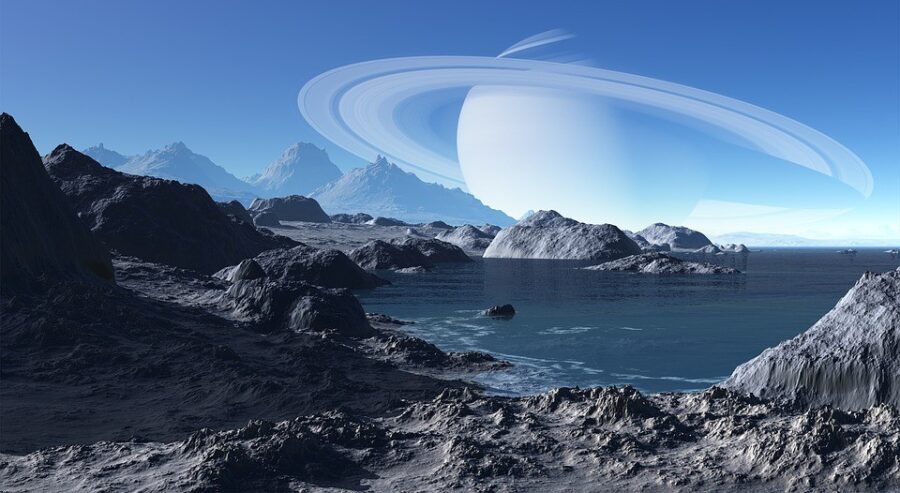
Internal oceans are a point of fascination for researchers because even if there is simplistic forms of bacterial life on these planets, it’s still a sign that we’re looking in the right direction. Until we can prove without a doubt that life on other planets requires water just like life on Earth does, these exoplanets should be a primary point of focus.
Similar to our fascination with one day colonizing Mars, the common through line in our explorations is looking for the critical life-sustaining substance that we believe is needed for the survival of any species.
Understanding A Planet’s Chemical Composition

As for next steps, astronomers will continue their search for life on these watery planets through the observation of emission spectra. In other words, aside from looking for water, the techniques used will determine the composition of these planets aside from their icy surfaces and watery sub-surfaces. By learning the actual chemical compositions of these planets, scientists can then determine what minerals deposits are present, and how they correlate to the possibility of life.
The Search Continues
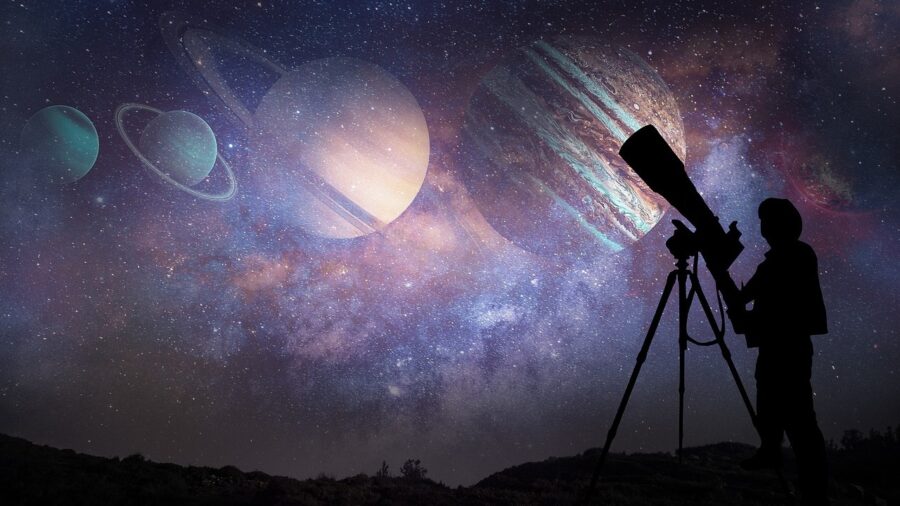
The idea of life on other planets has been a source of inspiration for scientists since ancient times, and the 17 recently identified planets could very well hold the key to our understanding on how it could be possible. If the need for water to sustain life is, in fact, universal across the entire known universe, then these exoplanets are primary candidates for further research. But even if there is life on these planets, it will likely be a form of aquatic life that never breaches the surface.
As we continue to search for the necessary biosignatures that are required to sustain life on other planets, our hope is to one day confirm the hypothesis that we are not alone in this vast and expansive universe.
Source: The Astrophysical Journal












